OnePlus 5 vs Apple iPhone 7 Plus: Which is best?
The new OnePlus looks like the iPhone 7 Plus, but can it beat Apple's best?
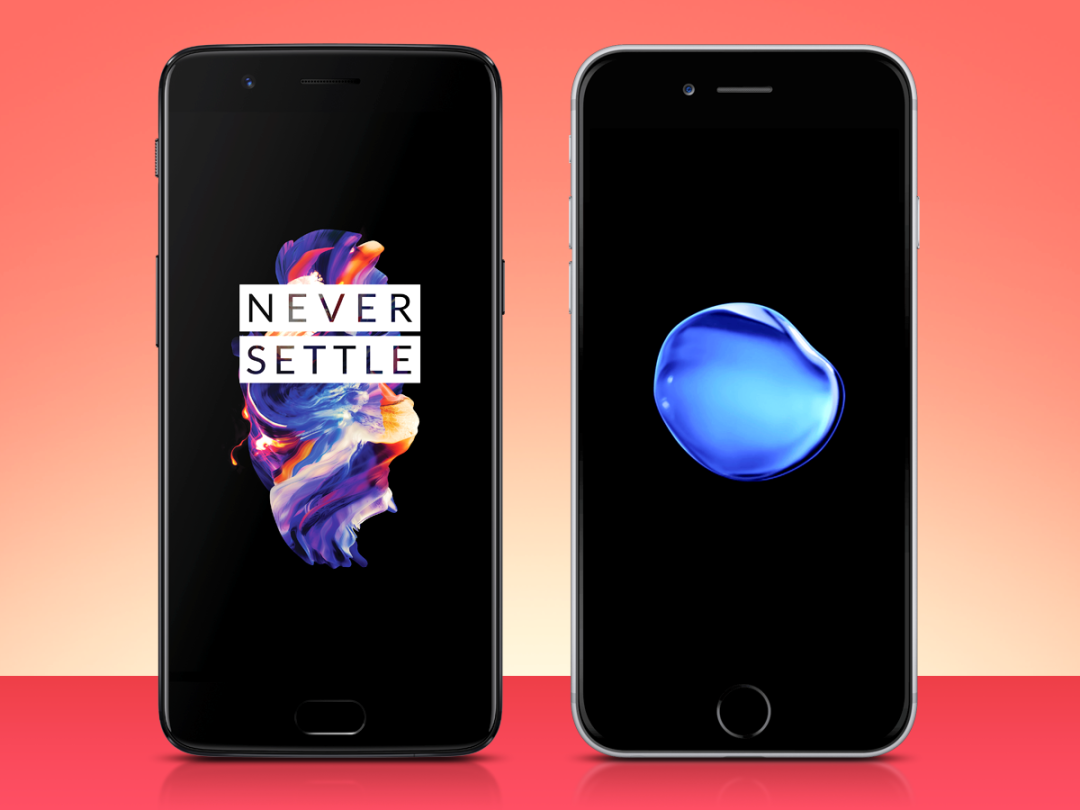
Apple and OnePlus both have a tendency to skimp on some cutting-edge components and features, but there’s a key difference between them: Apple still charges a ton of money, while OnePlus doesn’t.
True, the new OnePlus 5 is the company’s priciest smartphone to date, but it’s also the most feature-rich device in its stable, and compares well to Android flagships that are £150-£200 more expensive. It’s not cheap, but it still seems like a great value for what you get.
On the other hand, the so-called “Apple tax” is real: the iPhone 7 Plus is an excellent handset and better than the standard model, but with a starting price of £719, it’s hardly a bargain. Still, it has some pretty impressive perks, and plenty of allure.
If you’re eyeing a top-end smartphone that isn’t a Samsung Galaxy S8 right about now, these are your next two best choices. But which is your better pick? Let’s break it down.
Design: Much the same
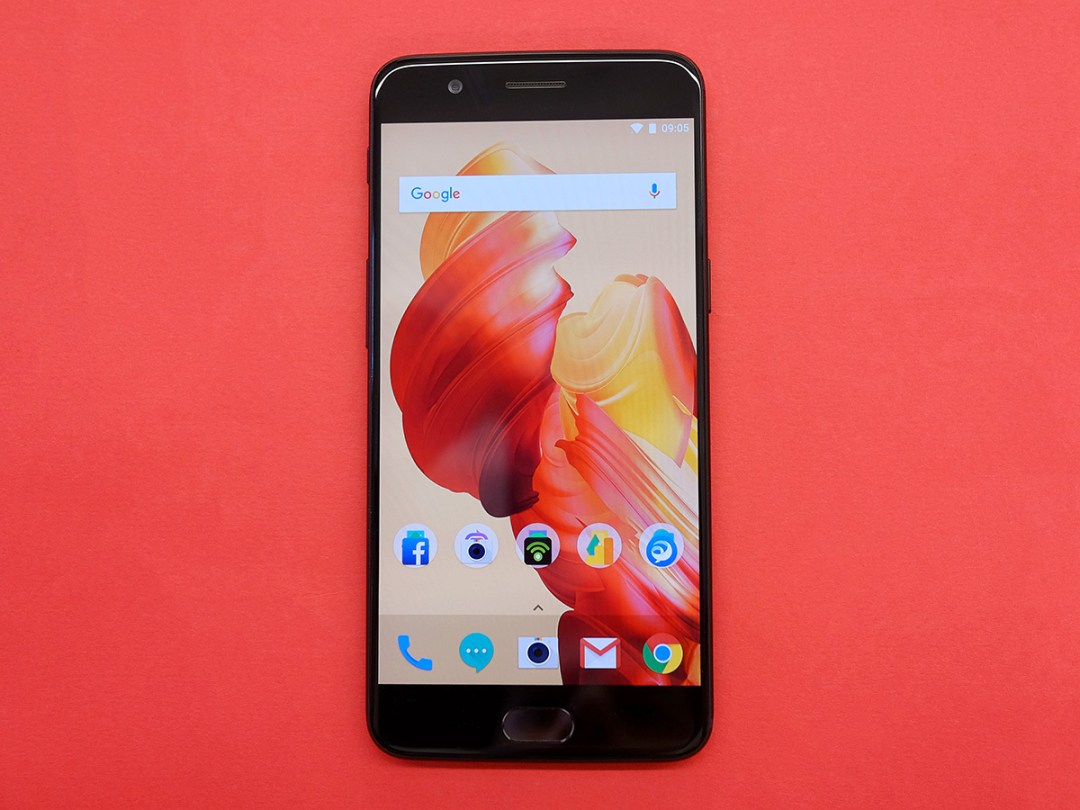
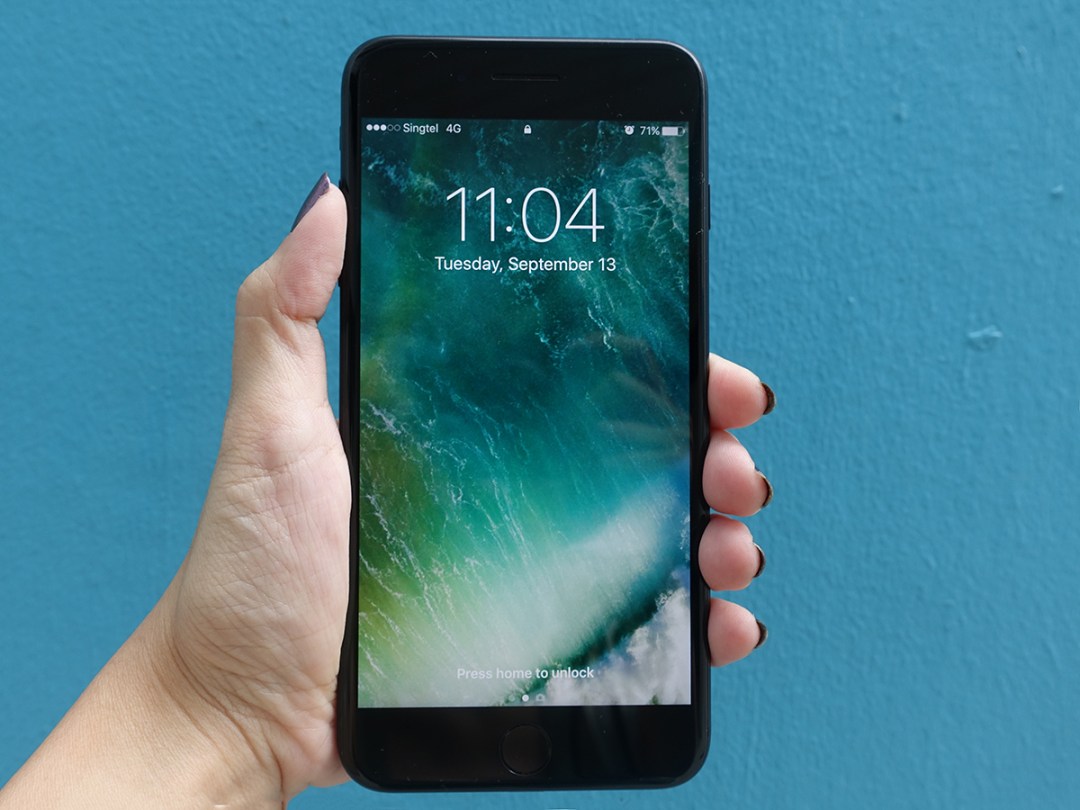
Truth be told, the OnePlus 5’s face doesn’t look all that different from the iPhone 7 Plus – which itself is the third revision of the original iPhone 6 Plus design. Both phones have a fair amount of bezel on the top and bottom, with fingerprint sensors on the lower half. Both have a bit of 2.5D glass curving along the sides, too.
Likewise, the backs are pretty similar: metal backing, antenna lines pretty well hidden along the upper and lower curves, a logo in the upper-middle, and a dual-camera module and flash on the upper left.
The OnePlus 5 feels a bit skinnier, though, which makes it easier to wield in one hand (which is not the larger iPhone’s strongest suit). It also has a headphone port, which the iPhone ditched.
On the other hand, the iPhone 7 Plus has IP67 water resistance, while the OnePlus 5 still hasn’t gotten on the waterproofing train. These devices are aesthetically similar, and each has one big design perk that the other doesn’t. So we’re calling it about even here.
Winner: Draw
Screen: Shining star
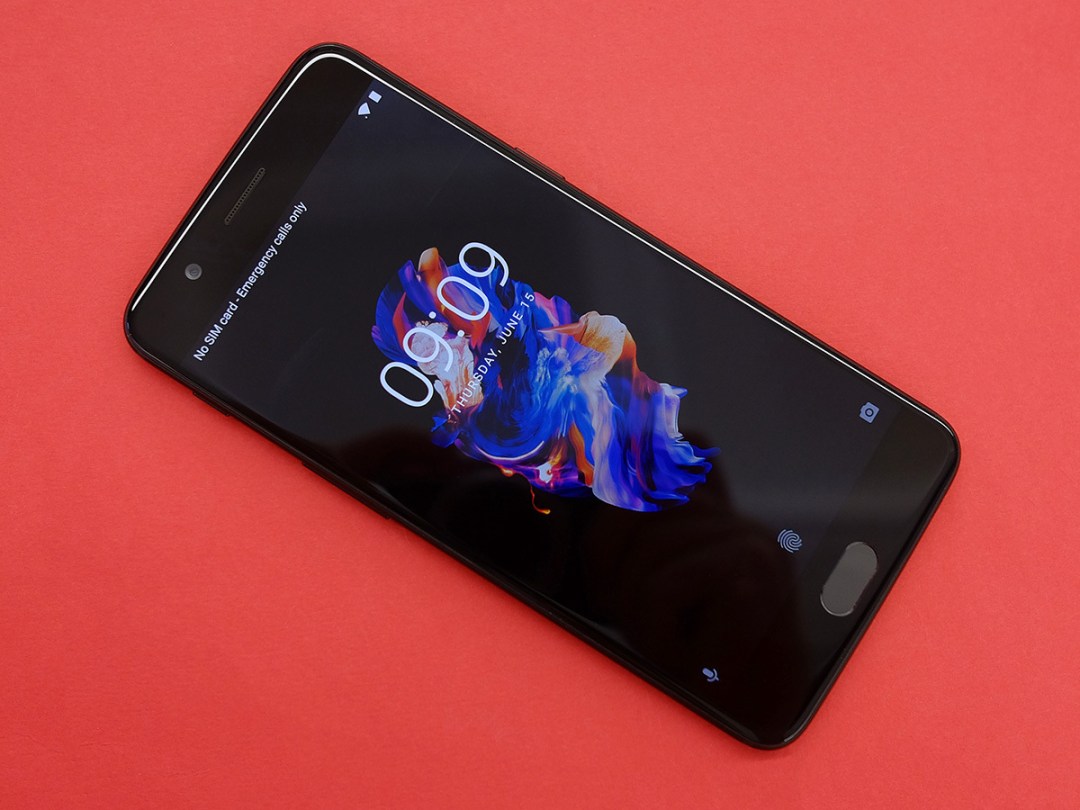
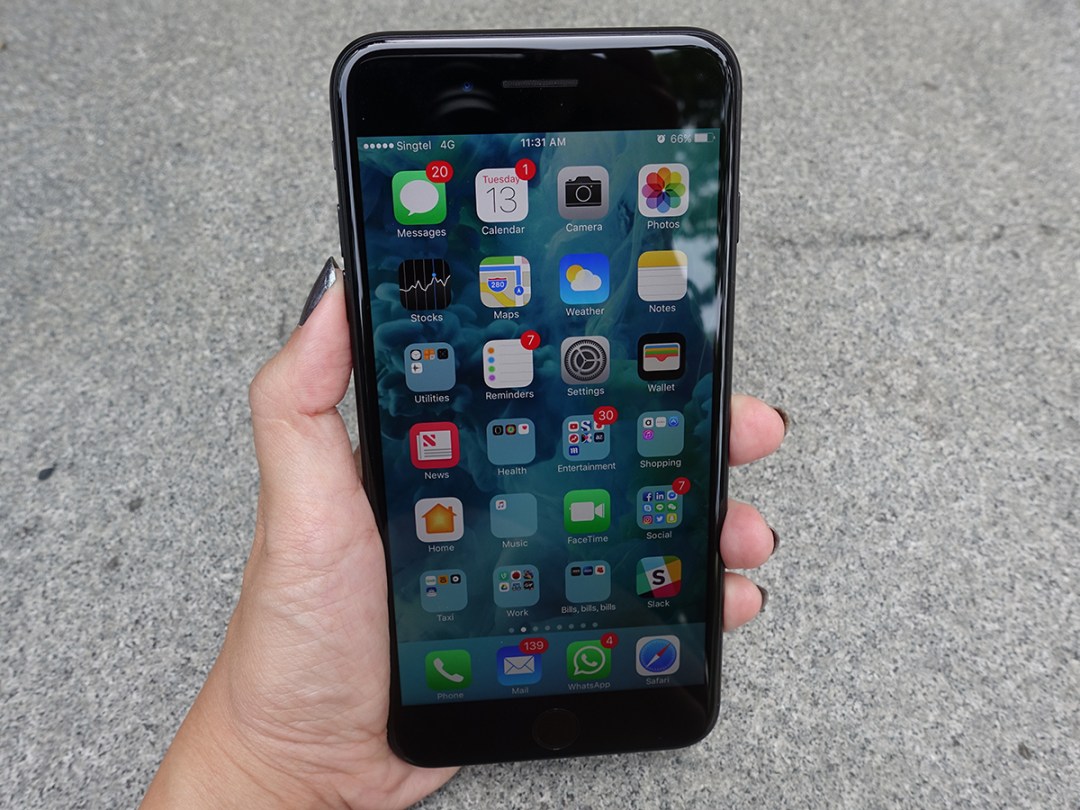
Here’s another area in which there’s no dramatic winner, although we do give one handset the edge. Both devices pack a 5.5in 1080p display – on the Android side of things, that’s lower-res than the usual Quad HD (1440p) screens we see on other flagships. Of course, in the world of iPhones, it’s the best you can get.
In both cases, the 401ppi (pixels per inch) screens provide excellent clarity, brightness, and contrast. But there is one key difference: the iPhone uses an LCD screen, while the OnePlus 5 goes for AMOLED, which means incredible contrast and deep blacks that help photos and other media shine.
It’s enough to give the OnePlus 5 a small, but noteworthy victory in this category. The iPhone 7 Plus does have 3D Touch capabilities, which is worth noting but has hardly proven critical. Android gets on just fine without pressure sensitivity. In any case, it’s not enough to sway our interest here.
Winner: OnePlus 5
Camera: Doubled up

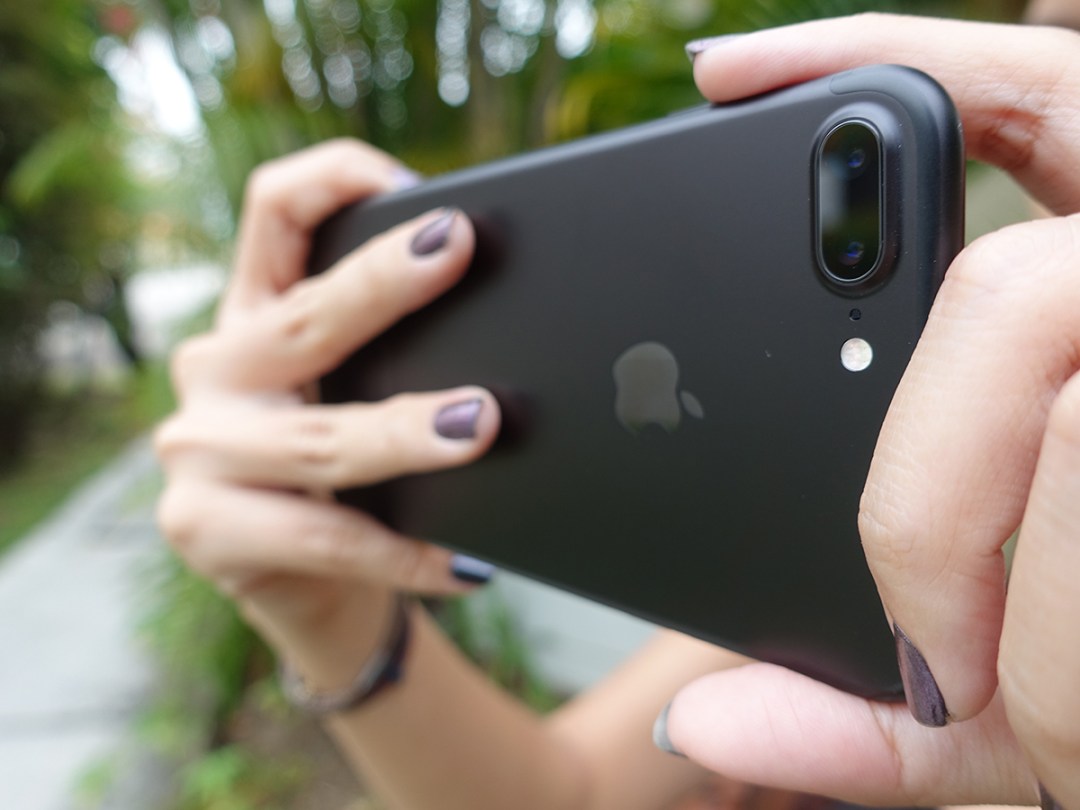
One of the best reasons to consider splashing the extra cash for the iPhone 7 Plus over the iPhone 7 is the dual camera array on the back, which provides not only better everyday snapshots, but also impressive portrait images and some handy zooming tricks.
However, the OnePlus 5 has pretty well replicated its capabilities in a device that’s almost £300 cheaper. Yes, really! We’re astounded, too.
Camera quality has never been the strongest suit of OnePlus phones, but the OnePlus 5 comes close enough to top-tier Android flagships this time around. It has its own dual-camera setup, with a 16-megapixel (f/1.7) main sensor and 20MP (f/2.6) backup sensor, which work together to pump out pretty fantastic shots.
You’ll get a lot of detail in great lighting, along with excellent colour and contrast, and the HDR mode is plenty speedy. We spotted a bit of softness on the edges of the frame, but you probably won’t notice it on your phone in everyday shots. It also does a bit of electronic video stabilisation, too, as well as portrait photos with blurred backdrops – just like the iPhone.
All told, they are extremely comparable when it comes to overall feature set and photo output, even with that significant price difference. We’re calling this category a draw, but even a draw here is a big value victory for OnePlus.
Winner: Draw
Performance: Plenty of power
The Apple iPhone 7 Plus and OnePlus 5 sport different processors and run different operating systems, but in both cases, you’re getting some of the best smartphone tech on the planet.
The iPhone features Apple’s impressive A10 Fusion chip with 3GB RAM, and it speeds through iOS 10 with ease, rarely hitting snags or struggling to run top-end games. Meanwhile, the OnePlus 5 has the top-of-the-line Snapdragon 835 chip with 6GB RAM (or 8GB in the pricier model), and Android 7 Nougat likewise runs smoothly, along with everything else we tried.
Put them up against each other in benchmarks and you might get one result above the other, depending on the test and whether it’s single-core or multi-core performance, but ultimately both work incredibly and admirably well – even if the iPhone packs much less RAM.
Winner: Draw
Battery and perks: OnePlus Plus

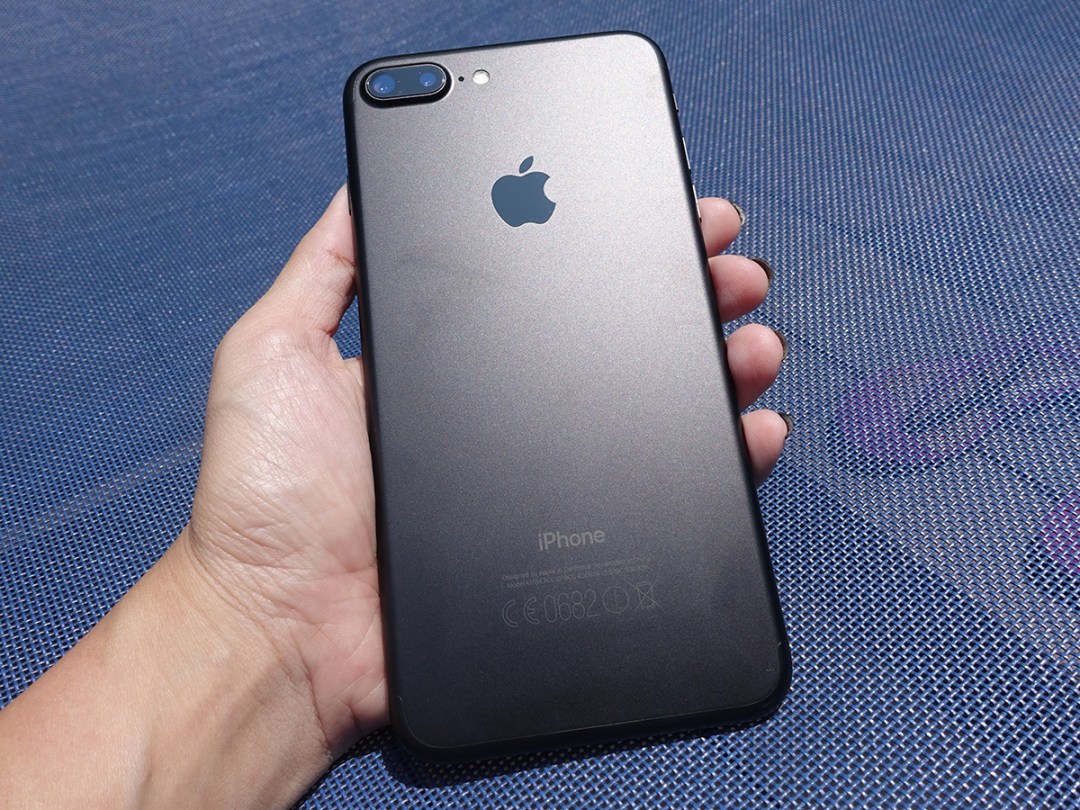
When it comes to battery life, both of these devices are strong all-day options – but we’ve seen a bit more lasting power out of the OnePlus 5.
The iPhone 7 Plus has a 2,900mAh pack inside, and the efficient iOS 10 doesn’t tax it too hard unless you’re playing flashy games or streaming video. But the OnePlus 5 goes for a 3,300mAh cell, and we’ve been impressed: it lasts even longer than the Galaxy S8, and you can potentially stretch into a second day if you’re not too heavy of a user.
Better yet, the OnePlus 5 has Dash Charge capabilities, so you can top off with ease. Apple still hasn’t taken a shine to fast charging of any sort, which is honestly baffling at this point.
When it comes to storage, both of these devices force you to stick with what you get. With the iPhone 7 Plus, the base model has a thin 32GB of internal storage, while another £100 per level can bump you up to 128GB or 256GB of space. Yes, that means it’s £919 for the 256GB model.
Meanwhile, the OnePlus 5 starts with a more suitable 64GB, while just £50 more doubles that storage (and also adds 2GB more RAM for performance). You won’t hit the same top-end cap as the iPhone provides, but it’s much cheaper to hit that very strong 128GB storage level (£499 vs £819).
Winner: OnePlus 5
Verdict: Plus vs Plus
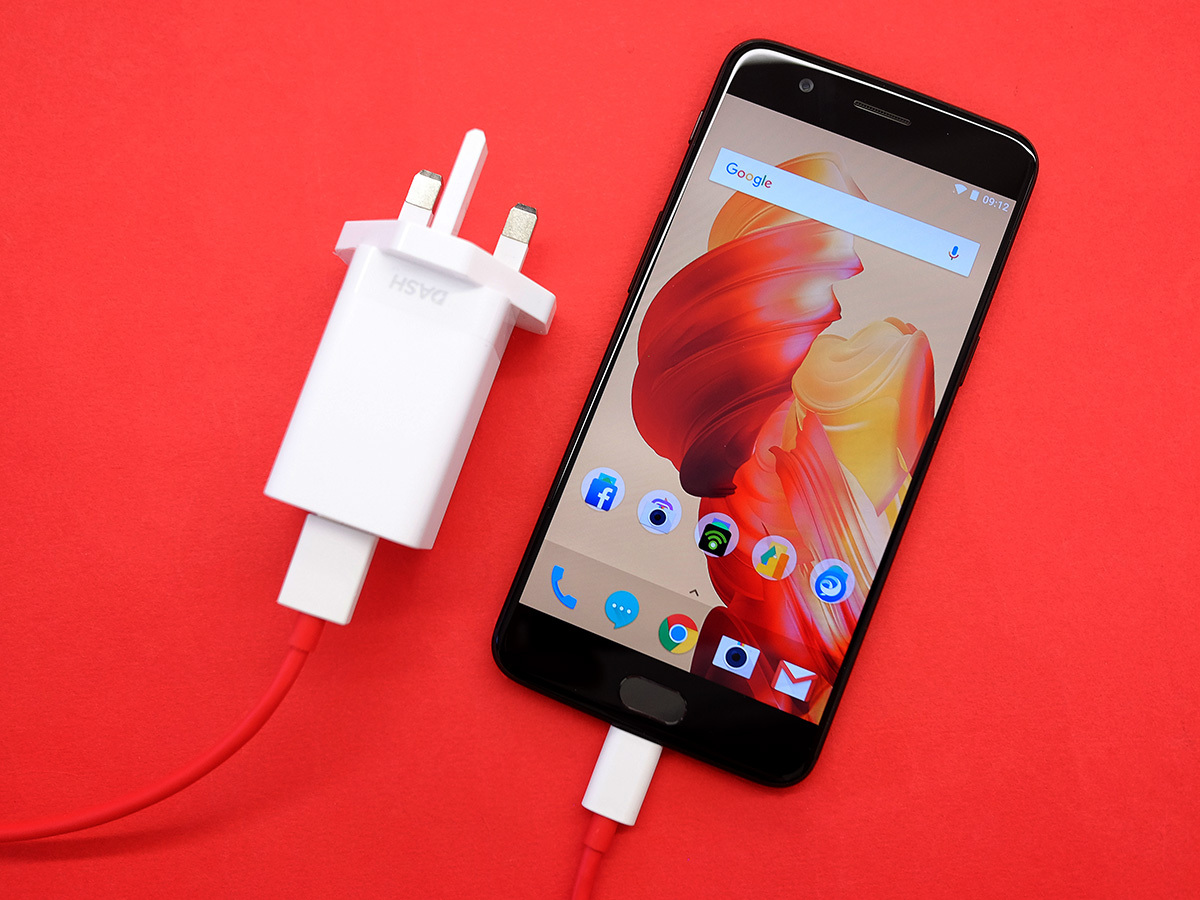
In a lot of ways, these devices are pretty even: the designs are similar, while the screens, cameras, and performance are very close overall. The OnePlus takes the edge in battery life and storage, we’d say, but again it’s not in any massively critical way.
So where’s the edge? It’s price, of course.
You’ll feel every bit of the steep £719 you pay for the iPhone 7 Plus, and while you might find it fair for such a polished, excellent handset, that’s still a lot of money. Hell, £449 for the OnePlus 5 is a lot of money, but it feels like a deal for the kind of phone you’re getting here.
And if you’re not particularly swayed towards iOS, then that £270 difference should be enough to pull you way from Apple’s best iPhone to date. Maybe the iPhone 8 will make a more convincing argument against the OnePlus 5 in a few short months… but then again, at that same price or more, it might not have a chance against something as comparably cheap and capable.
Winner: OnePlus 5



